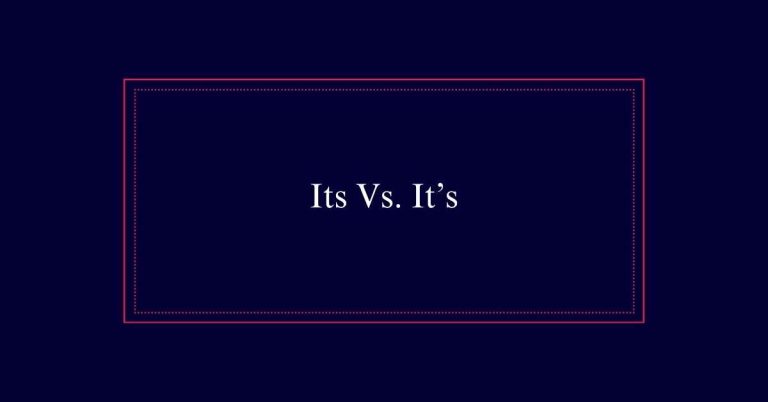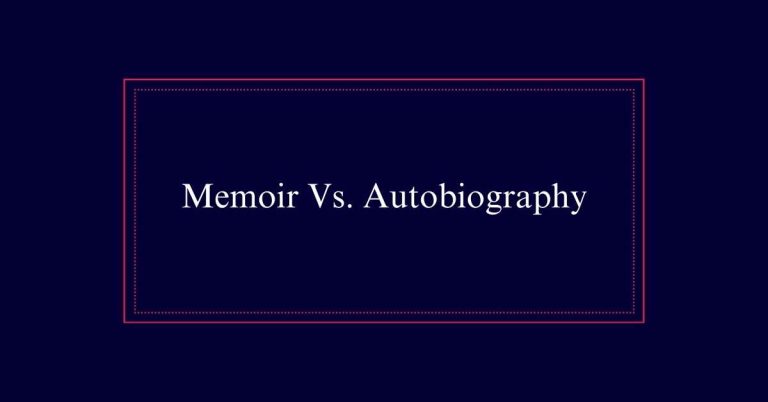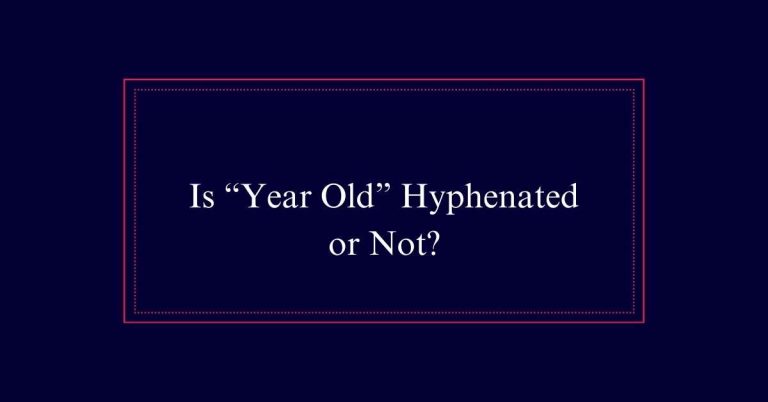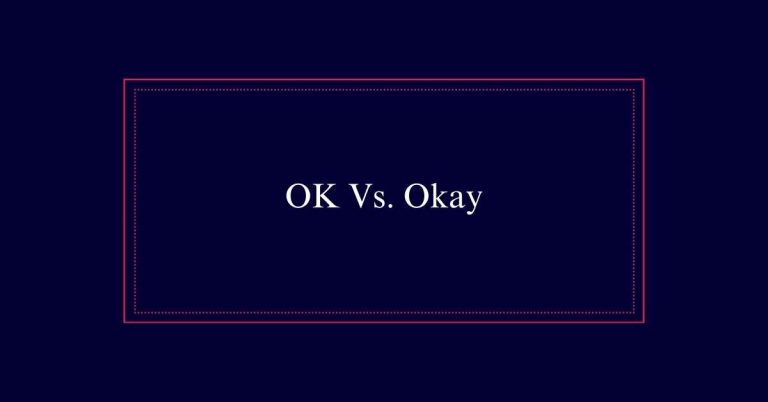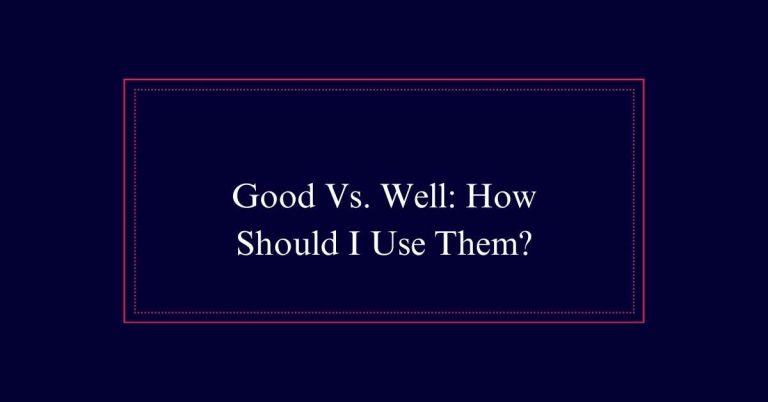Where Vs. in Which Vs. Wherein
‘Where,’ ‘in which,’ and ‘wherein’ are terms used to indicate location or context but differ in usage. ‘Where’ is an adverb or conjunction commonly used for asking about locations or describing settings. ‘In which’ combines a preposition and a relative pronoun, often found in formal writing to establish relationships between clauses. ‘Wherein’ is an adverb or conjunction typically reserved for formal or legal texts, introducing clauses that explain context or manner.
Definitions and Functions
Understanding the definitions and functions of where, in which, and wherein is essential for clear and effective communication.
Where serves as an adverb or conjunction to indicate location or status. It is versatile and commonly used in everyday language.
In which combines a preposition and a relative pronoun. It is frequently found in formal writing to connect clauses.
Wherein functions as an adverb meaning ‘in what way’ or as a conjunction meaning ‘in which.’ However, it is rarely used in modern English and is mostly found in legal or highly formal contexts.
Where: Adverb and Conjunction
Where serves dual roles in English grammar, functioning both as an adverb and as a conjunction. As an adverb, it indicates location, place, or position. For example, ‘This is the park where we met.’
As a conjunction, it joins clauses to describe a place or situation.
In its dual roles, where can be used to:
- Ask questions about location (e.g., ‘Where are you?’)
- Describe the setting of an action (e.g., ‘She lives where the sun shines brightest.’)
- Connect clauses to indicate a place (e.g., ‘He went to the store where they sell fresh bread.’)
- Refer to a specific location in a statement (e.g., ‘I remember the house where I grew up.’)
In Which: Preposition and Pronoun
‘In which’ is a phrase that combines a preposition and a relative pronoun to specify the relationship between clauses in a sentence. It is often used in formal writing to connect relative clauses to independent clauses.
For example, ‘The book in which she wrote her notes was lost.’ Here, ‘in which’ clarifies the location within the book where the notes were written. This phrase is particularly useful for adding precision to your writing. It helps to clearly specify relationships, especially in contexts requiring more formal language.
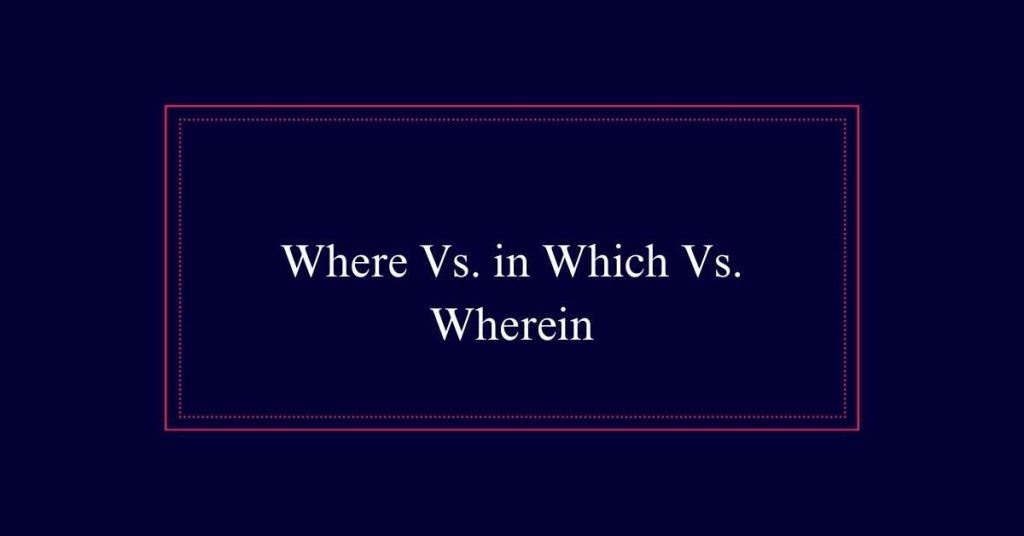
While ‘where’ could sometimes replace ‘in which,’ the latter is preferred for its clarity and formality in structured sentences. Use ‘in which’ to ensure your writing is both precise and professional.
Wherein: Adverb and Conjunction
Wherein functions both as an adverb meaning ‘in what way’ and as a conjunction meaning ‘in which’. As an adverb, it asks how something is done.
As a conjunction, it introduces clauses explaining where or in what context something occurs. Although less common in everyday speech, wherein is still relevant in formal and legal writing.
For clarity and brevity, consider these points:
- Use wherein to introduce detailed explanations.
- Prefer wherein in legal documents for precision.
- Avoid wherein in casual conversations.
- Opt for more straightforward terms when simplicity is needed.
Indicating Location or Status
Location and status are often conveyed through the use of precise language. The word ‘where’ is commonly used to indicate a specific place or situation. For example, ‘This is the park where they met.’ Here, ‘where’ clearly points to a location.
On the other hand, ‘in which’ provides a formal way to specify an object’s location within a broader context. For instance, ‘The room in which the meeting was held was spacious.’ This phrase clarifies the setting in a more formal tone.
‘Wherein’ is less common and often seen in legal or formal documents, meaning ‘in which’. Although it is precise, it is typically avoided in everyday language for simplicity.
Connecting Clauses Formally
Connecting clauses formally often demands the use of precise language to guarantee clarity and coherence in writing. ‘In which’ serves this purpose well, linking relative clauses to independent clauses in a refined manner. It is particularly suitable for formal writing, ensuring that the relationship between clauses is explicitly clear.
When choosing how to connect clauses, consider the following:
- Formality: ‘In which’ is more formal than ‘where.’
- Clarity: Use ‘in which’ to avoid ambiguity in complex sentences.
- Context: Use ‘in which’ for written documents, reports, and academic papers.
- Structure: ‘In which’ helps maintain a formal tone and structure in writing.
Outdated Usage of Wherein
The term ‘wherein’ has largely fallen out of favor in contemporary English usage. It was once commonly used to mean ‘in which’ or ‘in what way.’ Today, it is considered outdated and overly formal. You will rarely encounter it outside of legal documents or highly formal texts. Modern English prefers simpler, more direct language.
For instance, instead of saying, ‘The contract wherein the terms are outlined,’ it is clearer to say, ‘The contract in which the terms are outlined.’ This shift allows for easier understanding and avoids the archaic tone.
While ‘wherein’ is not incorrect, it is advisable to use more current alternatives to maintain readability and relevance in everyday writing.
Choosing Where for Clarity
In contemporary writing, using ‘where’ can greatly enhance clarity and readability. It provides a straightforward way to indicate location and status. This simplicity helps readers understand the context quickly.
Here are key points to contemplate:
- Indicates Location: ‘Where’ directly refers to places, making it ideal for geographical references.
- Simplifies Sentences: Using ‘where’ can streamline sentence structure, avoiding convoluted phrasing.
- Aids Reader Comprehension: A familiar term like ‘where’ is easily understood by a wide audience.
- Versatile Use: Suitable for both casual and semi-formal writing, ‘where’ adapts to various contexts.
Formal Contexts for In Which
Utilized mainly in formal writing, ‘in which’ serves to connect dependent clauses to independent clauses with clarity and precision. This phrase is especially useful when specificity and clarity are paramount. For instance, in academic or legal documents, ‘in which’ aids in providing explicit relationships between ideas, guaranteeing the reader’s understanding.
| Context | Example Sentence |
|---|---|
| Academic | The study, in which data was meticulously analyzed, revealed trends. |
| Legal | The contract, in which all terms are detailed, was signed yesterday. |
| Formal Writing | The meeting, in which key decisions were made, lasted three hours. |
Practical Examples
Examples provide clear insight into the distinct usage of ‘where,’ ‘in which,’ and ‘wherein.’ Consider the following practical examples:
- ‘This is the park where we first met.’ Here, ‘where’ indicates location.
- ‘He wrote an essay in which he discussed the effects of climate change.’ This usage connects a relative clause to an independent clause.
- ‘Where there’s a will, there’s a way.’ ‘Where’ is used metaphorically to indicate a situation.
- ‘The document, in which several amendments were made, is now final.’ This illustrates formal writing.


